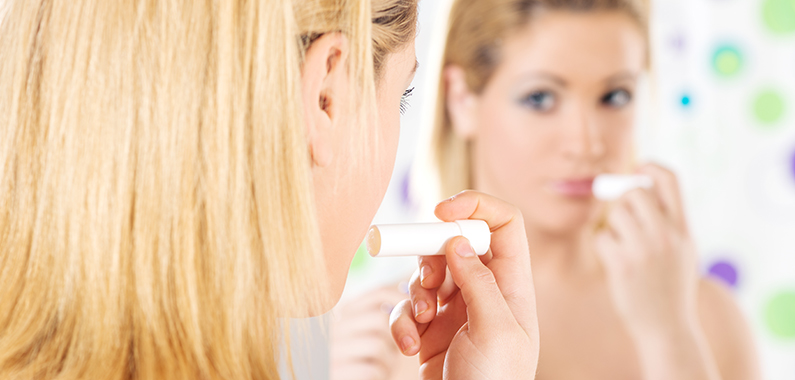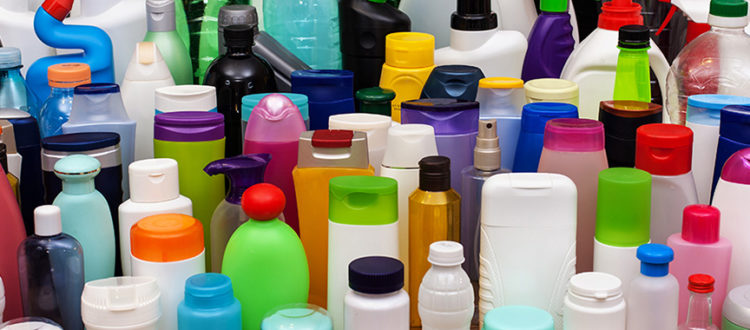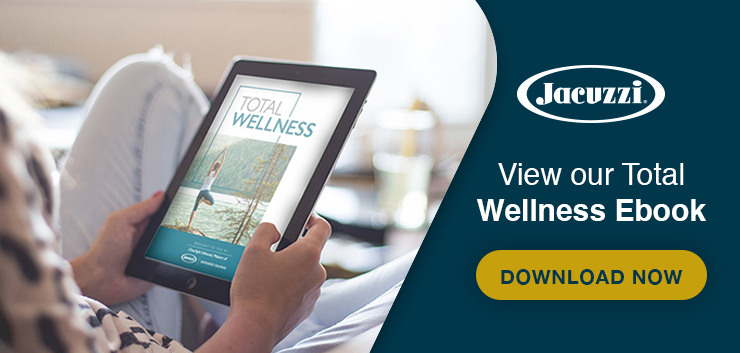- 01 Apr, 2018
- /
- Clearlight Infrared Saunas
- /
- No Comments
TOP 10 MAJOR TOXIC CHEMICALS: WHAT YOU NEED TO KNOW
We are being exposed to more toxic chemicals that can do serious harm, or even permanent harm, to our bodies. Let’s look at the top 10 toxic chemicals and what you need to know about each of them.
1. Phthalates
Most products with synthetic fragrance, such as air fresheners, dish soap, laundry detergent, perfumes, and colognes contain phthalates. In short, anything that doesn’t have a natural scent is suspect. Phthalates are also found in plastic bottles, vinyl flooring, shower curtains, cosmetics, pharmaceutical drugs, and even some foods.
What they do: Phthalates have been linked to birth defects, cancer, ADHD, thyroid dysfunction, and other serious conditions. They are considered endocrine disruptors, which are chemicals that are capable of influencing the body’s hormone systems and can produce adverse developmental, reproductive, neurological, and immune effects in both humans and animals.
What you can do: Read labels on your home care products, cosmetics, and perfumes. Choose ones that only use natural fragrances or are labeled as “no fragrance/fragrance-free.” Develop the sense of smell to distinguish between fake scents and natural ones, and avoid products with “fake” smells.
2. Bisphenol-A
Bisphenol-A, or BPAs, are commonly found in polycarbonate plastic containers, epoxy resins, food container liners, plastic bottles, and packaging. Studies have shown that food containers with BPA (and even some containers labeled BPA-free) can degrade when microwaved and release BPA into the food that is then ingested.
What it does:
BPA is a synthetic estrogen, and an endocrine disruptor. BPA in the body has been linked to diabetes, heart disease, obesity, and fertility problems.
What you can do:
Avoid plastic bottles and containers and switch to stainless steel and glass. Never heat plastic containers in the microwave, and look for “BPA-free” containers when plastic can’t be avoided. Avoid canned food, opting for fresh or frozen instead.
3. Oxybenzone
Oxybenzone is a chemical used in some sunscreen, lip balm, lipstick, moisturizers, and nail polish.

What it does: Oxybenzone may block harmful UV rays, but it has also been linked to endocrine disruption and cancer. It has also been known to cause coral reef die-off in some oceans.
What you can do: Read labels and avoid this ingredient. Find a sunscreen that uses zinc oxide, titanium dioxide, avobenzone, or other safe sun blockers.
4. Heavy Metals
Heavy metals, like cadmium, chromium, mercury, lead, and arsenic are ubiquitous in our world. They can be found in the air, water, dust, foods, paint, dyes, and many other sources.
What they do: Heavy metals are toxic for a number of reasons. For example, cadmium is linked to lung inflammation after acute exposure and lung cancer with chronic exposure. Short-term exposure to mercury can cause diarrhea, fever, and vomiting, while long-term exposure can cause neurotic disorders, tremors, and kidney disorders.
What you can do: Always eat organic food, filter or distill your drinking water, and install a good HEPA air cleaner in your home. Only eat approved fish and others sparingly. Quit smoking and use an infrared sauna at least three times a week to detox regularly. Be aware of arsenic in rice and consume low-arsenic varieties.
5. Flame Retardants (DECA & PBDEs)
Flame retardants are routinely added to furniture, fabrics, plastics, insulation, and many other materials found in our homes. They are comprised of a collection of chemicals and PBDEs that are chemically similar to toxic chemicals that were banned under the Stockholm Convention.
What they do: Flame retardants have been linked to cancer, learning disabilities, lower IQs, hormone disruption, and reduced fertility.
What you can do: Flame retardants are especially harmful to young children, who may ingest flame retardant dust that has settled on carpets and other surfaces in the home. Toddlers have been found to have four or five times the level of these chemicals in their bodies compared to their mothers. To avoid this, make sure children wash their hands regularly, and dust in the home should be cleaned by mopping and vacuuming. When buying new home products, check to make sure they don’t have these toxic chemicals added.
6. VOCs
VOCs are organic compounds that turn into gases or vapors. These can be found in polluted air and around the home. VOCs are released from cars, burning fireplaces, burning natural gas, dry cleaning, and solvents from paints and glues.

What they do: The harm caused by VOCs can vary, depending on the chemicals involved. Benzene and formaldehyde, for example, are VOCs that are known cancer-causing chemicals. Repeated exposure to VOCs can also cause lung and kidney cancers, as well as neurological disorders.
What you can do: Avoid anything with a sharp “chemical” smell and cigarette smoke. Use low-VOC paints, and eco-friendly glues and furniture wax. Try to purchase and use only natural fiber carpets, clothing, and furnishings. Use only “eco-safe” cleaning supplies.
7. Dioxin
Dioxin is a highly-toxic carcinogen, made up of a group of chemicals that remain present while traveling up the food chain. Dioxins are associated with waste incineration, coal-fired power plants, pesticides, and cigarette smoking.
What they do: Dioxins have been linked to reproductive and developmental problems, lung cancer, increased risk of diabetes and heart disease, hormone disruption, and liver damage.
What you can do: Be aware of hazardous waste site incinerators in your area and stay away from them. Symptoms of dioxin contact can include burning of the eyes and throat, blurred vision, dizziness, muscle pain, and vomiting. Consult with your doctor if you think you have come in contact with dioxins.
8. Pesticides
Pesticides are found in many products and are designed to keep weeds, fungi, insects, and rodents away.
What they do: These chemicals can be inhaled or absorbed through the skin, and prolonged, persistent exposure can cause cancer, birth defects, and neurological disorders.
What you can do: Research any bug, weed, or fungi treatment before bringing it into your home or garden. This includes bug repellant, flea and tick sprays, and algaecides for the swimming pool. Always buy organic food and filter your drinking water to avoid ingesting pesticides that contaminate groundwater.
9. Perfluorooctanoic Acid
Perfluorooctanoic Acid, or PFOA, has been used in the US to manufacture stain-resistant carpets and fabrics and non-stick pots and pans. PFOA is found in low levels in the entire general US population.
What it does: PFOA remains in the environment for quite some time, as it does not break down easily. It can be found in the dust, air, and soil, and can also be ingested through food and water. PFOA has been linked to thyroid disease, testicular and kidney cancer, preeclampsia, and high cholesterol.
What you can do: Avoid using coated pans, and switch to cast iron or other safer cooking vessels. If you believe your health has been compromised by PFOA, contact your doctor or call the Poison Control Center.
10. Radon
Radon is a radioactive, odorless, colorless gas that comes out of the ground in areas that have high levels of decaying uranium.
What it does: Radon causes 50% of all the lung cancer deaths in the US. Even minimal exposure carries the same risk as smoking a half a pack of cigarettes a day.
What to do: Radon detection kits can be purchased online or in stores for less than $20. Radon detection meters are also available online and start at around $200.
Keeping your home and family safe from hazardous chemicals may seem impossible, but small steps will help you avoid these top 10 major toxic chemicals. To learn more about the significance of toxic chemicals, and a multitude of other factors and habits that impact our bodies wellness, view or download the new Total Wellness ebook.
 Canada
Canada Australia
Australia New Zealand
New Zealand Malaysia
Malaysia China
China

